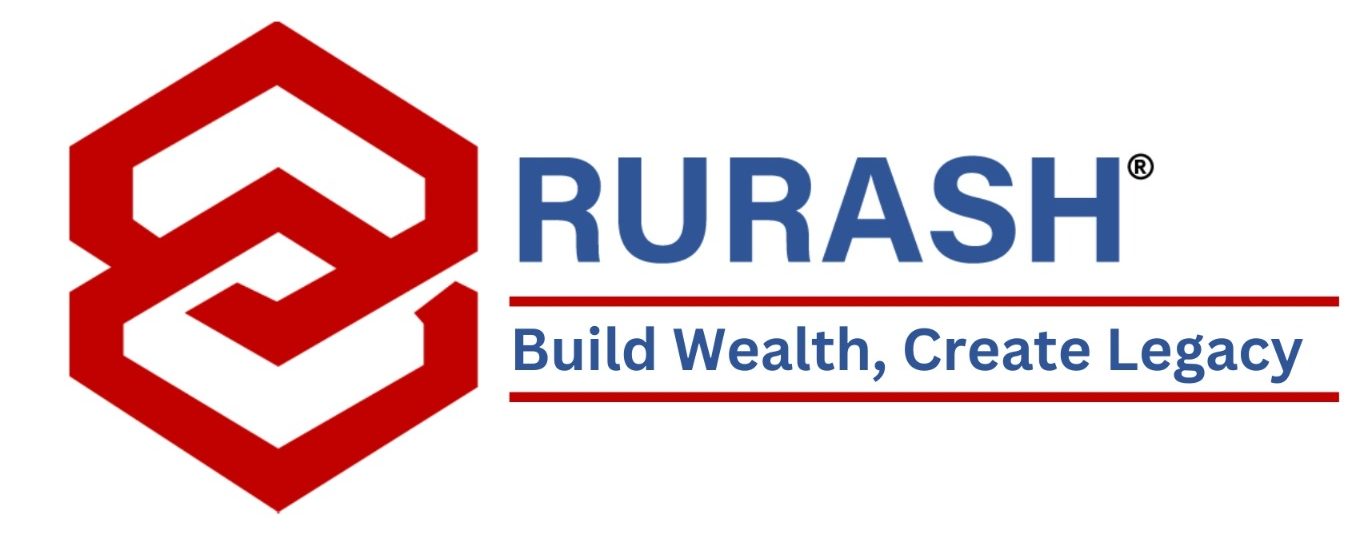As savers and investors, we are all on a quest to maximize our returns while minimizing our risks. As of today, with current low-interest rates and inflation eating away at our purchasing power, it is more important than ever to find ways to earn better returns than on our savings.
So, what next?
One option that is back in the spotlight is fixed deposits (FDs), currently offering all-time-high return rates on investment. However, with the taxman waiting in the wings, it is crucial to have a plan in place to minimize the impact of taxes on our hard-earned returns.
Fortunately, there are several ways to take advantage of high FD interest rates while paying minimal taxes.
First and foremost, it is important to understand that interest earned on FDs is fully taxable as per the investor’s tax bracket. This means that the higher the interest rate, the higher the tax liability.
To minimize this tax burden, investors can opt for tax-saving FDs;
Tax-saving FDs offer investors the option to claim a deduction on the principal amount invested under Section 80C of the Income Tax Act, of 1961. The interest earned on tax-saving FDs is taxable as per the investor’s tax bracket. However, the tax deduction on the principal amount invested can help investors reduce their taxable income and, hence, their tax liability. Investors can invest up to Rs. 1.5 lakh in tax-saving FDs to avail of this tax deduction.
FD laddering concept is another effective strategy that investors can use to take advantage of high-interest rates while minimizing taxes.
FD laddering is a technique in which an investor invests in a series of FDs with different maturity dates. This allows the investor to take advantage of rising interest rates while minimizing the impact of falling interest rates. By investing in FDs with different maturity dates, investors can create a steady stream of income and minimize their tax liability by spreading the interest income over multiple financial years.
For example, let’s say an investor has Rs. 10 lakhs to invest in Fixed Deposits. Instead of investing the entire amount in a single FD, the investor could split the amount into multiple FDs with different maturity dates. The investor can invest Rs. 2 lakhs each in 5 different FDs, each with a different maturity date. For instance, he can invest in multiple FDs with tenures of 1 year, 2 years, and 3 years, respectively, and roll over each deposit as it matures. This would provide him with a steady stream of income over a period of 5 years, while also minimizing the impact of falling interest rates.
Another way to minimize tax liability on FDs is to invest in them jointly with a family member.
Under the Income Tax Act, interest income earned on FDs held jointly with a family member is taxed based on the proportion of investment made by each member. This means that if an FD is held jointly with a family member, the tax liability can be minimized by investing in such a way that the family member with the lower tax bracket invests a higher proportion of the amount.
While the above strategies are more or less commonly known, one strategy that is quite underused is ‘Opting for the cumulative interest option’
When investing in fixed deposits, you have the option to choose between cumulative interest and non-cumulative interest options. The non-cumulative option pays out interest at regular intervals, which is taxable as per your income tax slab. On the other hand, the cumulative option reinvests the interest and pays it out at maturity. This way, you can earn higher interest rates and defer your tax liability until maturity.
One important thing to keep in mind while investing in FDs is the TDS (Tax Deducted at Source) that applies to the interest earned. As per the Income Tax Act, if the interest earned on FDs exceeds Rs. 40,000 (or Rs. 50,000 for senior citizens) in a financial year, TDS is deducted at the rate of 10%.
To avoid this, you can submit Form 15G/15H (for individuals below the age of 60/senior citizens, respectively) to the bank, declaring that your total income for the financial year is below the taxable limit. Also, you can use the fd laddering concept as discussed above to avoid exceeding the prescribed investment and interest limits as per the Income Tax Act.
Remember that the above strategies are just a starting point. Before making any investment decisions, it is important to understand your financial goals. You can choose to consult with a financial expert or tax consultant to assess your unique financial situation and risk profile.
Further, if you wish to take advantage of overall current interest rates as well as diversify your portfolio, you can choose to invest in other fixed-income strategies besides FD, such as debt mutual funds.
Debt mutual funds invest in fixed-income securities such as bonds, debentures, and treasury bills. These funds offer higher returns than traditional fixed deposits, and the gains are taxed at a lower rate (20%) if held for more than three years.

